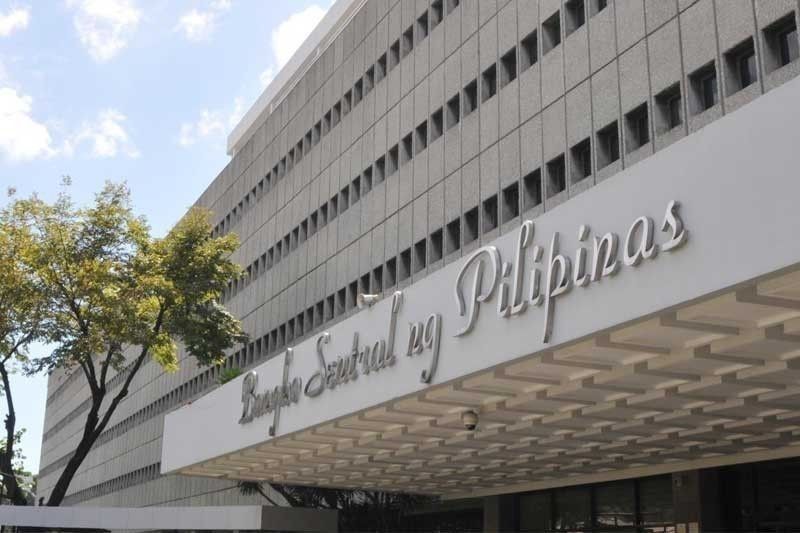New FDI gains erased by those leaving in October slump

MANILA, Philippines — Nearly all new foreign direct investments that entered the Philippines in October were canceled out by those leaving, exacerbating a downtrend in inflows bound for their third straight year of slump.
Equity placements, which measure new FDI, posted a meager net inflow of $1 million in October, matching the amount attracted in May 2019, the Bangko Sentral ng Pilipinas (BSP) reported on Friday.
Broken down, $86 million worth of equity FDI would have added as inflows if not for $85 million of equity outflows that nearly erased gains. Including reinvestments and placements in debt securities, net FDI inflows amounted to $423 million in October, down 24.5% year-on-year.
“The decline in FDI net inflows reflected the adverse impact on investor sentiment amid the uncertainties surrounding the effect of a prolonged pandemic on the global economy,” the central bank said in a statement.
The Philippines has long been after a larger share of FDI in the region because this type of investments stay for the long term and tend to generate jobs. That has gained some traction until 2018 when FDI started declining from a record-high of $10.26 billion in 2017.
That weakening trend likely persisted last year when the pandemic added to investors woes. Already, BSP has projected net FDI inflows to decreased further to $6 billion by end-2020. For the first 10 months, net FDI stood at $5.3 billion, down 10.2% year-on-year.
While all types of FDI are welcome, equity inflows which are essentially new foreign entities establishing presence here are considered most effective in driving economic activity and creating livelihoods. Hence their miniscule entry in October meant yet another lost opportunity to increase the Philippines FDI take-up.
Despite that, equity placements from January to October 2020 remained up 72.1% year-on-year to $1.2 billion, getting a large bump from early year placements before the pandemic struck and Converge ICT Solutions Inc. record public listing in October.
So far on the period recorded, the bulk of equity capital emanated from the US, Singapore, Japan and the Netherlands, and were primarily funneled into manufacturing, property and insurance industries.
Meanwhile, reinvestments of existing FDI onshore went down 20.6% year-on-year to $65 million in October. For the first 10 months, BSP data showed reinvestments amounted to $704 million, 20.5% down from year-ago levels.
The largest chunk of FDI were in the form of debt instruments, which represent borrowings between local affiliates of foreign firms and their headquarters abroad. These are counted as FDI supposedly because borrowings are used to fund expansions in the Philippines.
According to BSP data, this segment reached $358 million in October alone to bring the year-to-date tally to $3.35 billion. Both went down 16.8% and 21.4%, respectively.
“More FDIs could still be spurred further by near record low interest rates locally and worldwide, thereby making borrowing more compelling to finance investments worldwide, including those for FDIs,” Michael Ricafort, chief economist at Rizal Commercial Banking Corp., said in a commentary after the BSP data was released.
“However, an offsetting risk factor is the spike in new COVID-19 cases in some developed countries and the new coronavirus strain/variant that is more contagious that could lead to slower economic recovery,” he explained.
- Latest
- Trending
























